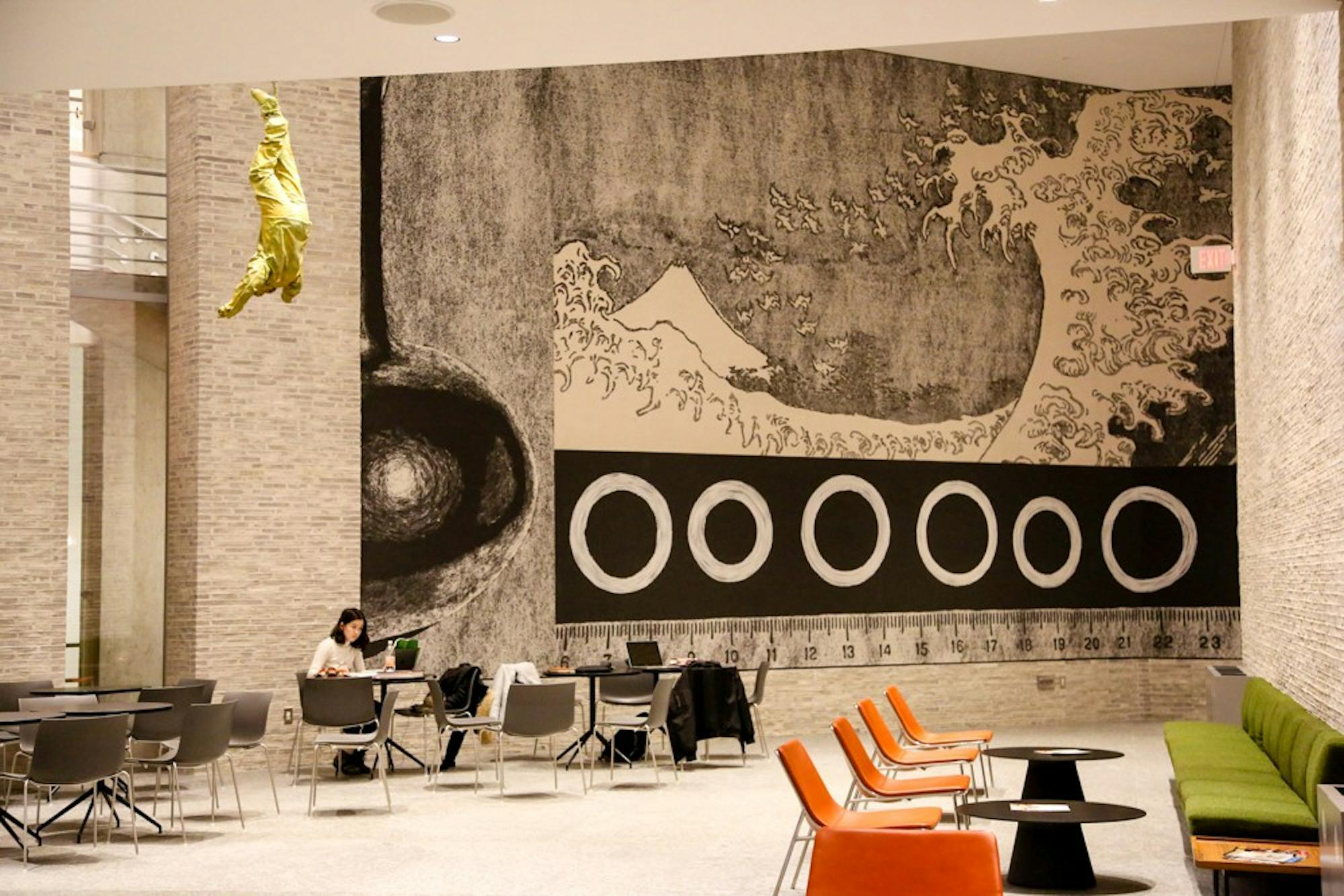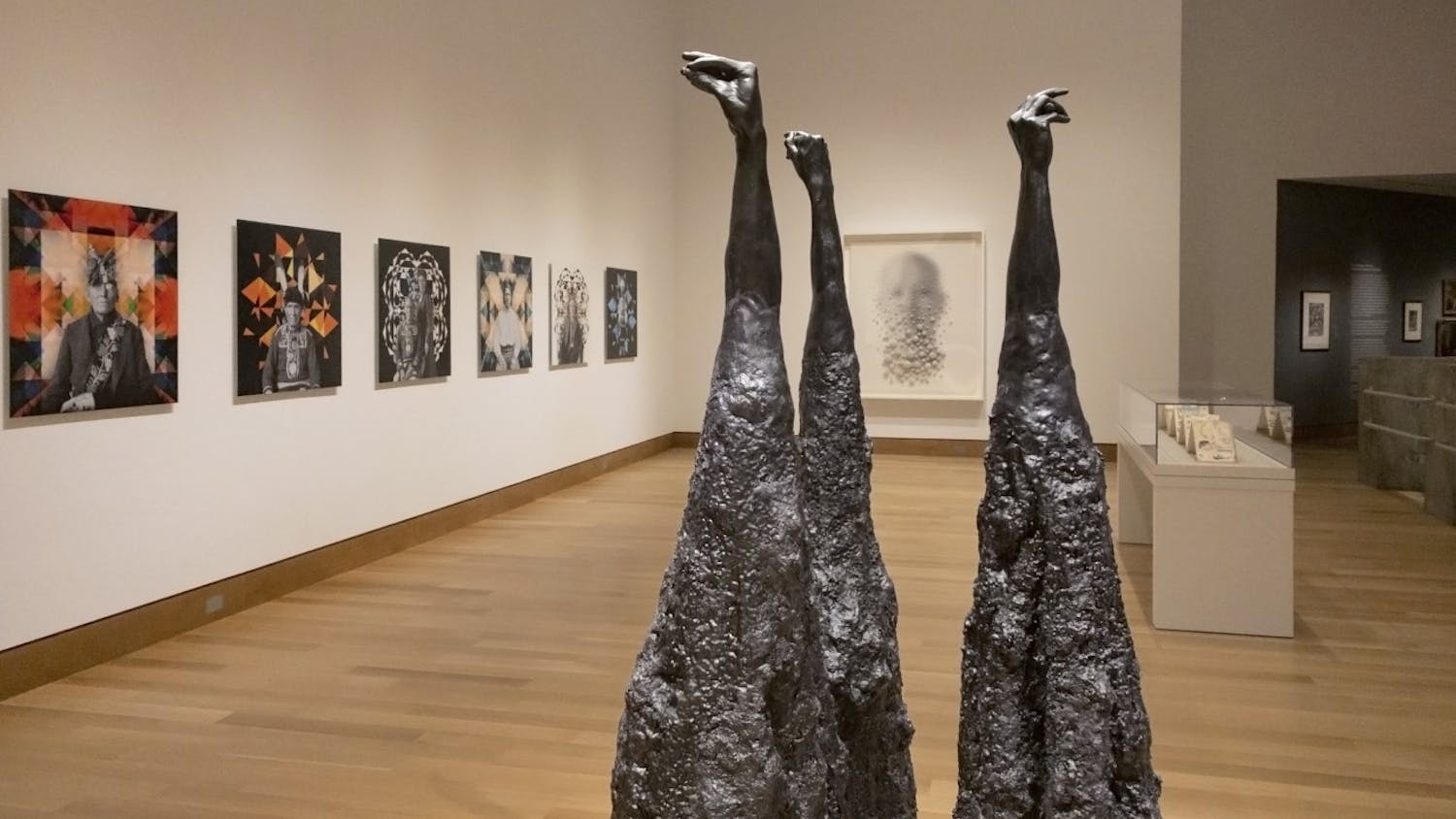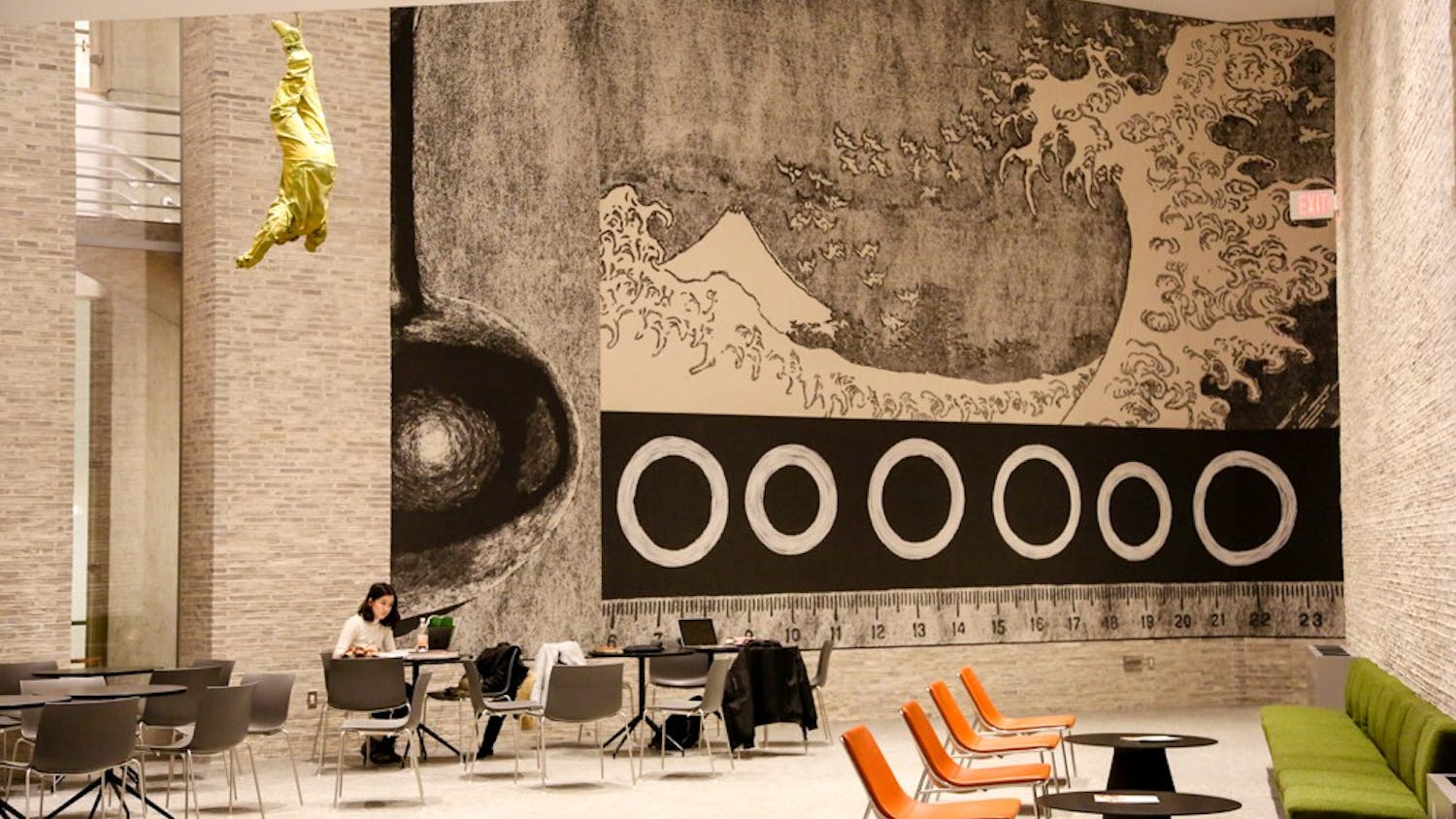Although the online nature of this term poses a significant obstacle in the Hood Museum’s core functionality — enabling people to interact with art — the museum staff see a silver lining in the chance to appreciate art in a new way. One of the biggest challenges this term was ensuring that people can still observe the art and witness “the power of the shared experience,” according to Hood Museum director John Stomberg.
“The downside [of moving online] is there’s nothing we can do with audiences in real time, and unfortunately that’s one of the true beauties of art, is touching and being touched,” Stomberg said.
Despite these limitations to experiencing art tangibly, Hood Museum staff — who already had some exposure to working digitally during their three-year construction period — are working hard to overcome this challenge. Their plans involve Zoom webinars, continuing extracurricular programs, creating social media activities and maintaining an appreciation for the arts in the classroom.
“Our attitude through all of it has been, ‘What can we do to best support students?’” associate curator of academic programming Amelia Kahl said. “And that’s always what we do, so that’s consistent, although we’ve had to get creative.”
The Hood, which seeks to serve many different audiences — students, faculty, alumni and members of the Upper Valley community — will continue to do so through a variety of online events, according to campus engagement coordinator Isadora Italia.
“If we don’t have the physical space anymore, what other tools do we already use to engage people digitally that we can bring to the forefront?” Italia said. “What other types of online resources or digital content can we continue with or even create?”
On April 8, the Hood held its first Zoom webinar, led by Jessica Hong, associate curator of global contemporary art, and teaching specialist Vivian Ladd. The conversation focused on the power and impact of images and the transformation of images when experienced virtually rather than physically.
There are two more upcoming webinars for this week. The next is “Virtual Conversations and Connections” on April 16, facilitated by studio art professor Colleen Randall and Jeff Friedman, a poet and lecturer at Keene State College. The webinar will look at Randall’s exhibition “In the Midst of Something Splendid: Recent Paintings by Colleen Randall.”
The following webinar, “Storytime in the Galleries,” will be held on April 18 and will feature programming designed for children ages two to five and their parents. According to Stomberg, the webinar schedule is fluid, with new events being added on the Hood website, along with their respective Zoom links.
“There are going to be things we are able to do this term, in terms of Zoom webinars and speakers and conversation topics that we hadn’t even had on the calendar before,” Italia said of these new opportunities.
These webinars might be unorthodox, but they also create the potential for a more personal, conversational experience with an artist, according to Stomberg.
“Success in an art museum is typically measured by either audience or great reviews. And we don’t have access to either,” Stomberg said. “I have to entirely rethink what success means. I might not be able to measure it, but deep meaningful experiences for one person at a time is where it’s at. Our mission now is to create dynamic digital engagements with art and ideas.”
Although the Hood staff is taking these disruptions in stride, Italia mentioned that intern projects and artist talks planned for the spring have since been postponed to the fall.
The Museum Club — a collective of students who organize events at the Hood and facilitate student interaction with the artwork — will continue to meet weekly over Zoom, where they will meet guest speakers, discuss how to engage other students online and plan ahead for when people return to campus.
“I don’t think that the experience of seeing a work of art in person can ever really be replaced,” Italia said. “We’re not trying to replace that, but there are ways people can continue to think about art, to think about the impact it has, to talk about art and to feel a sense of community between other people who love art.”
Halle Dantas ’21, a member of Museum Club, reflected on the Look and Listen project, which features art from the Hood’s collection paired with curated playlists and provides a “new way to experience art,” according to Dantas.
“We’re trying to ramp up this playlist project and create ones that are focused on this new world we live in, with an emphasis on home life and resilience,” Dantas said.
Another activity that the Hood is launching is the Hood Museum from Home: Recreate a Work of Art campaign. This campaign encourages participants to choose any piece of art from the Hood’s online collection, recreate it and submit the final product to the Hood, after which it will be posted on their website and social media accounts.
The campaign’s goal is to “get people thinking about pieces that they love, that they miss and engaging in the creative project, whether it be painting a sculpture on their own or recreating a painting with their family members and taking a photo of that,” Italia said.
The Hood will also continue to hold classes via Zoom, according to Kahl. The asynchronous classes involve using VoiceThread as a platform for students to comment on works of art, using audio or video mediums.
“It’s been a big shift. So much of what we talk about, what our practice is based on, is the power of encountering an object in front of you, being in that same space with that original work of art,” Kahl said. “[In classes] we’ve included a reflective part: how does looking at digital images change your experience?”
Kahl said that her class, Museum Collecting 101, filled up quickly and now has a waitlist. She added that it was encouraging to see how many students still want to be engaged and connected with art.
The Hood also has a newly acquired collection: photographs by Ernest Cole taken in South Africa during apartheid. The photographs traveled from South Africa to Sweden to Los Angeles, where Stomberg found them at a discounted price due to COVID-19.
“It’s been an adventure to get these photographs … it’s just an incredible story,” Stomberg said.
The Hood Museum and the arts world might not be the same, but the staff optimistically views these remote experiences as opportunities to engage with their audience through new platforms.
“The pandemic has had a devastating impact on all audience-based arts. It’s had an almost inspirational impact on many of the visual artists I know,” Stomberg said.
Dantas is a member of The Dartmouth Business Staff.
Correction appended (April 20, 2020): A previous version of this article indicated that Kahl's class was titled Museum Programming 101. The article has been updated to reflect the correct title.




